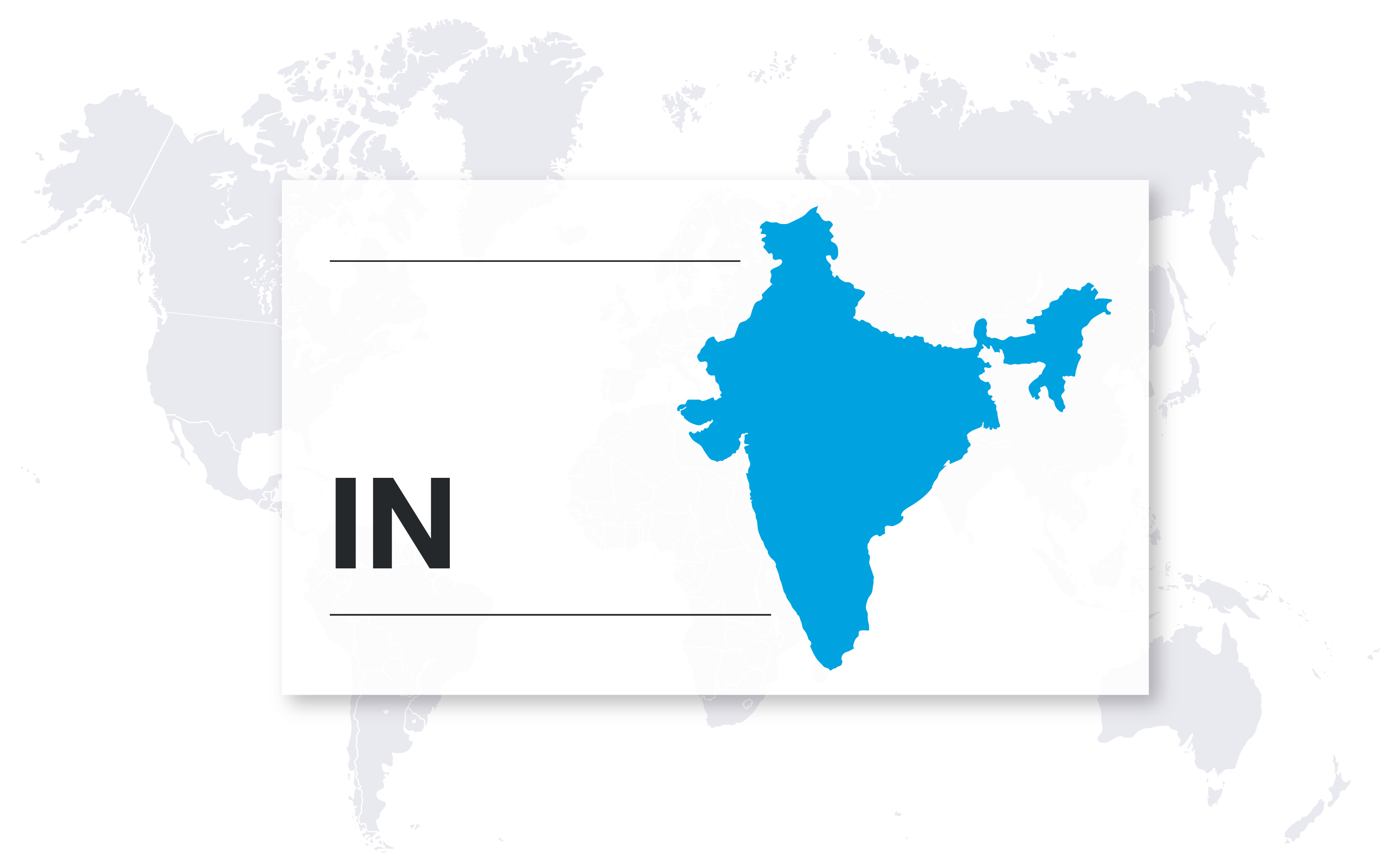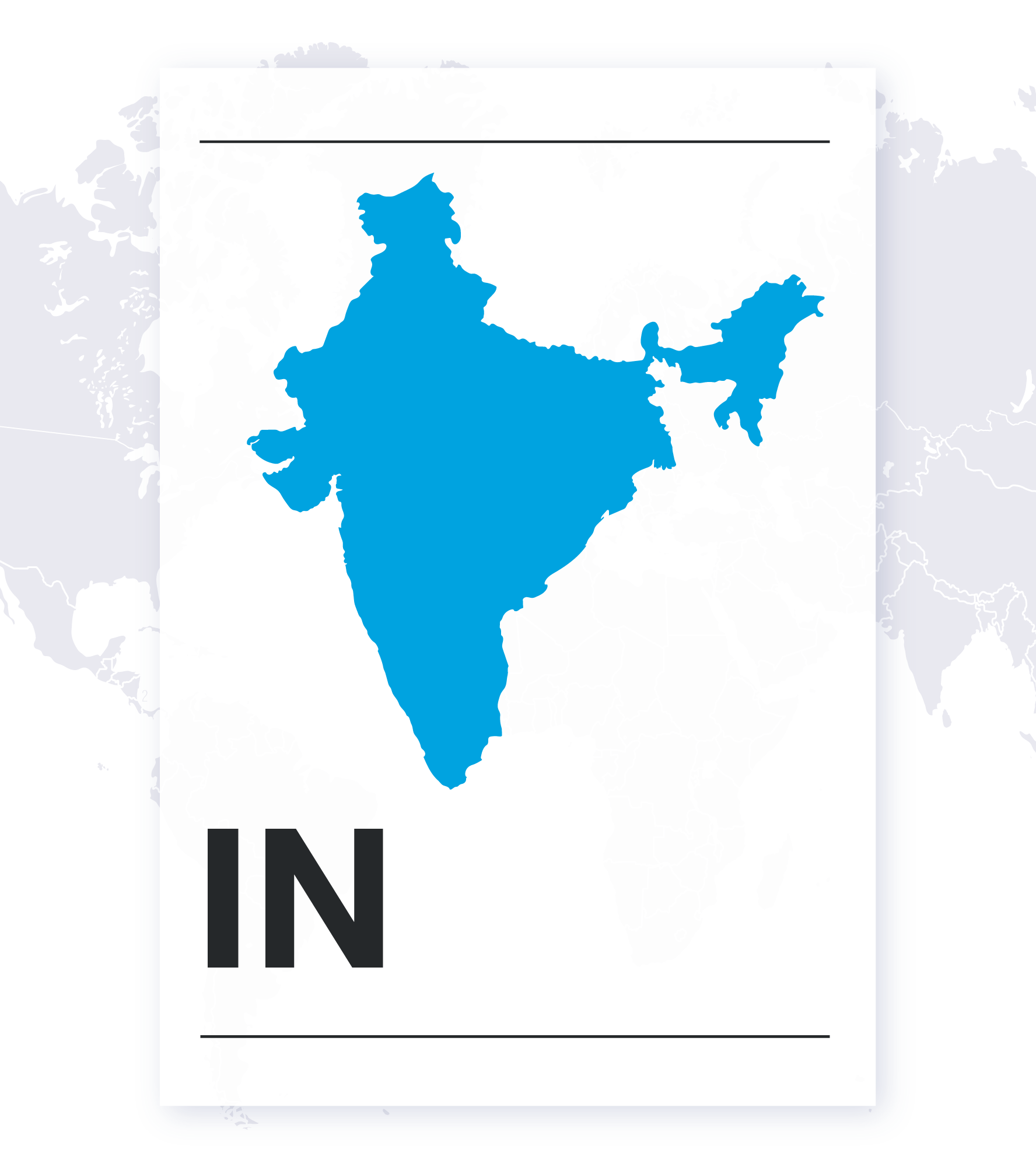India pay data reporting law guide


Introduction
India's Code on Wages 2019 mandates employers to pay men and women equally for work of equal value or of a similar nature. While there are no formal reporting requirements in place, employers must maintain detailed registers and documents on wage information.
The Code combines the provision of four laws: the Payment of Wages Act, 1936, the Minimum Wages Act, 1948, (iii) the Payment of Bonus Act, 1965, and (iv) the Equal Remuneration Act, 1976.
Equal pay for equal work for men and women is enshrined in Article 39(d) of the Constitution of India.
Contact us
India Reporting Requirements
Who Needs to Report?
All employers are required to maintain records and registers related to compliance and make them available for inspection. Registers can be maintained electronically.
What to Report?
Ease of Compliance Rules require employers to gather and store accurate data, including general employer information, wage and skill level information and categories, salary data, wage deductions, loan information, an attendance register, and a register of employee rest/leave information.
Some of the specific information fields required at the employee level include individual employee wages, days worked, overtime hours worked, house rent allowance, other compensation, education level, nationality, address, and type of employment.
The total number of employees in the following categories is also required: (1) Highly Skilled; (2) Skilled; (3) Semi-Skilled; or (4) Unskilled.
Additional employee information must be provided by organizations that operate mines, which must also maintain data on employee health and training.
Where and When to Report?
India's equal pay law has no requirements for regulatory filing or internal disclosure of pay data. However, all documents (Forms A-E) must be continuously maintained and made available for inspection as required.
Deadlines and Cadence
Documentation and registers must be maintained on a continuous basis.
India Pay Transparency Requirements
There are currently no legal requirements for employers to post salary details to applicants or employees in India regarding specific positions.
Employment equity standards
India upholds a standard of equal pay for equal work or comparable work within the same establishment. The Equal Remuneration Act, 1976 requires employers to "pay equal remuneration to men and women workers for the same work or work of a similar nature."
India's Code on Wages also prohibits gender discrimination during the hiring process for the same work, or work of a similar nature, except when "the employment of women in such work is prohibited or restricted" under any law in force at the time.
India's Companies Act, 2013, requires certain categories of companies to have at least one woman director on their Board. On Jan. 30, 2024, the Ministry of Labour and Employment released an Advisory aimed at promoting and enhancing women's participation in the workforce.
The Risks of Non-Compliance
Fines of up to 500 rupees may apply for companies that refuse inspections of their required registers. Fines of up to 10,000 rupees may apply for companies that fail to maintain the register in compliance with the law.
Penalties of up to 50,000 rupees may apply to organizations that fail to pay employees compensation to which they are entitled. A prison sentence of up to three months or a fine of 100,000 rupees may apply for repeat offenses within five years. Additional fines and imprisonment may be incurred for non-compliance of orders.
Before legal action is initiated, employers will be given the opportunity to comply within a specific time period by the Inspector-cum-Facilitator. If the employer complies within that time, penalties will not be incurred. If the violation is repeated within five years penalties will apply.
Enforcement is overseen by the Ministry for Labour and Employment.
How Can Trusaic Assist with India Code on Wages Compliance?
1. Comply - Use Trusaic's GPDR solution to complete required reporting by compliance deadlines:
Applicability Determination: Perform an accurate assessment of your applicability, according to jurisdictional specific definitions and regulatory frameworks so you can understand your reporting obligations across the globe.
Deadline Management: Prepare ahead of time with project timelines, timely notifications, and reminders, to keep you on track to meeting jurisdictional deadlines.
Expert Legal Guidance and Support: Benefit from the expertise of our trusted pay equity attorneys, so you understand your compliance requirements across a diverse global regulatory landscape. Receive world-class customer support, including assistance throughout the compliance process.
Streamlined Data Extraction: Collect the necessary data for analysis and submission with a simple click of a button; powered by certified data integrations with the world's largest HCM, HR and Payroll platforms, including Workday, SAP, UKG and ADP. Provide data through Trusaic's Workplace Equity platform, a SOC 2 Type II and GDPR-compliant tool for data transmission.
Data Quality Assurance: Trusaic performs data validations to ensure your collected data and information aligns with the standards and definitions provided by each jurisdiction.
Compliant Report Outputs: Take away the burden of data maintenance by effortlessly generating outputs containing necessary compliance information.
2. Correct - Use PayParity and OpportunityParity to understand, explain and resolve pay disparities:
Risk Assessments: Stay aware of any potential exposure to any government audit or litigation. Our cross-functional team of data scientists, statisticians, and government regulatory compliance experts have rigorously worked to reverse-engineer the calculations that will be used by jurisdictions to estimate pay disparities, so you can prepare in advance.
Understand your Pay Gaps: Leverage Trusaic's pay equity software solution to explain your pay gaps so you can understand the root causes and safeguard from equal pay claims and legal action.
Resolve Pay Disparities: Make pay adjustments where applicable so you can eliminate pay disparities and show improvements in your reported pay gaps from one year to the next.
Identify Barriers to Professional Growth: Ensure workforce diversity and equity with hiring, promotion, retention, and opportunity analytics using opportunity equity software solution.
3. Communicate - Use Trusaic's Workplace Equity Solution to communicate narratives and share salary ranges with confidence:
Workplace Equity Narrative: Communicate the sources of your pay gaps, progress objectives, and corrective measures to employees and internal stakeholders with Trusaic's Workplace Equity product suite. Show data-backed progress in your pay gaps over time.
Salary Range Explainability: Use Salary Range Finder to establish and post competitive and equitable pay ranges to confidently comply with pay transparency laws.
Mitigate Risk of Recurrent Pay Disparities: Ensure new hires receive fair pay offers with the use of external labor market data and internal pay equity analytics to reduce unplanned and expensive pay remediations.
The EU Directive
Indian organizations with operations in EU member states will be required to comply with gender pay gap reporting in those countries.
Trusaic is GDPR compliant and can assist any organization in any EU state in meeting its obligations under both the EU Corporate Sustainability Reporting Directive and the EU Pay Transparency Directive.
Sign up for PayParity by May 31, 2024
and receive OpportunityParityTM at no additional cost
Sign up for PayParity by May 31, 2024 and receive OpportunityParityTM at no additional cost
